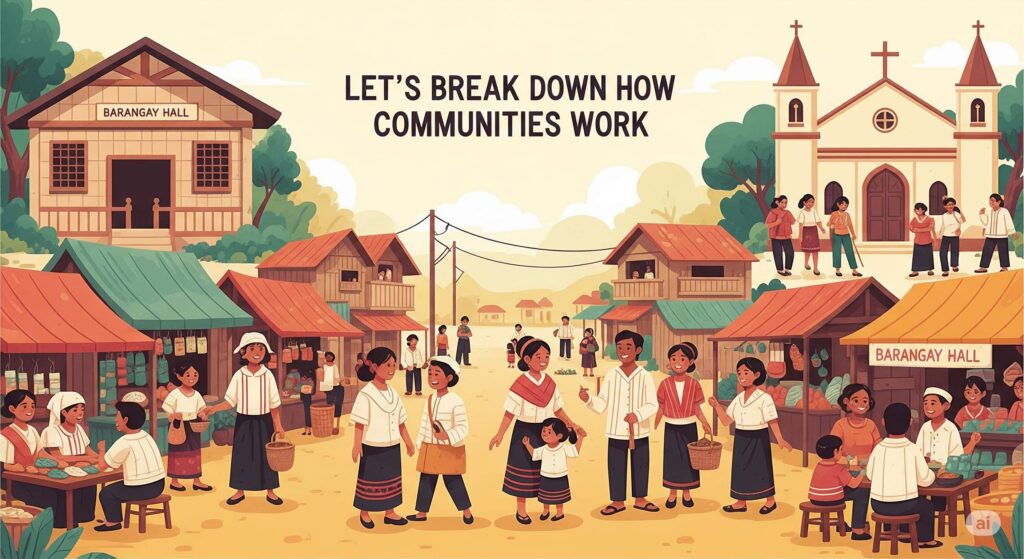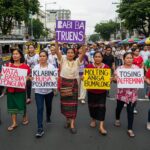Hey, future community expert! Let’s explore how communities function using three cool lenses: structures (the skeleton), dynamics (the heartbeat), and processes (the action plan). Think of it like analyzing your favorite sports team—roles, teamwork, and plays! Let’s go!
Step 1: Icebreaker – Your Community X-Ray
💬 Quick Think:
If your community were a pizza, what “toppings” make it unique?
(Example: Schools 🏫, festivals 🎉, local government 🏆, or even that one grumpy neighbor who still helps everyone!)
Step 2: Structures – The Skeleton
💡 What Are Structures?
The stable frameworks that hold communities together: rules, roles, and institutions.
🌟 Examples:
- Formal : City hall, schools, hospitals.
- Informal : Neighborhood watch groups, family clans.
🎮 Activity: “Build Your Own Community”
Pretend you’re starting a new town. What structures do you need?
- Hint: Think about safety, education, and fun!
❓ Reflect:
What structures in your life make you feel supported?
Step 3: Dynamics – The Heartbeat
💡 What Are Dynamics?
The living interactions between people: friendships, conflicts, power struggles, and cultural vibes.
🌟 Examples:
- Trust between neighbors.
- Tensions over a new housing development.
- A viral TikTok dance trend uniting teens and elders!
🎭 Role-Play:
You’re mediating a debate between two groups: dog owners who want a park and parents who want a playground. How do you balance their needs?
Step 4: Processes – The Action Plan
💡 What Are Processes?
The ongoing actions communities take to solve problems or adapt.
🌟 Examples:
- Fundraisers after a storm.
- Monthly town halls to discuss issues.
- A protest march for better recycling programs.
🚀 Activity: “Problem-Solving Chain”
Your community has a litter problem. How would you fix it?
- Organize a cleanup crew.
- Educate residents about recycling.
- Pressure the city for more trash cans.
💬 Discuss:
Which step is most important? Why?
Step 5: How They All Work Together
🔄 The Magic Formula:
- Structures set the rules.
- Dynamics create the vibe.
- Processes get things done.
🌍 Real-World Example:
A coastal town facing floods:
- Structures : Government + engineers.
- Dynamics : Fear vs. hope in the community.
- Processes : Building seawalls + evacuation drills.
Step 6: Case Study – Refugee Resettlement
🏙️ Scenario:
New refugees arrive in a small town. How does the community adapt?
- Structures : NGOs provide housing; schools offer language classes.
- Dynamics : Initial fear turns into friendship over shared meals.
- Processes : Job fairs and cultural festivals bridge divides.
❓ Reflect:
How would you welcome newcomers to your community?
Step 7: Your Turn to Act!
🚀 Homework Challenge:
- Observe : Notice one structure (e.g., a community center), dynamic (e.g., a conflict), and process (e.g., a fundraiser) in your area.
- Journal : Write 3 sentences about how they connect.
💬 Final Thought:
“Communities are like ecosystems—messy but magical. Structures, dynamics, and processes are the tools to keep the magic alive!”
You’re now a community-function pro! Go analyze your world like a social scientist. Questions? I’m here! 😊


